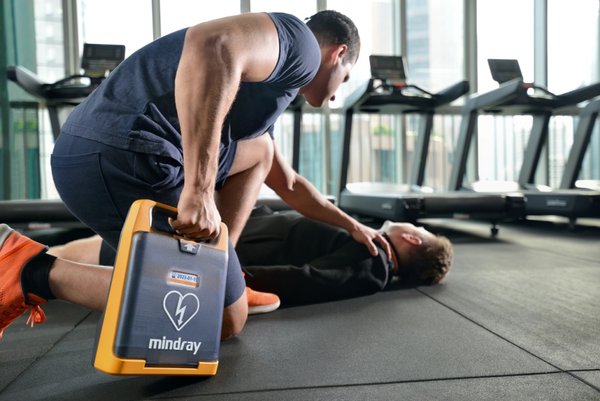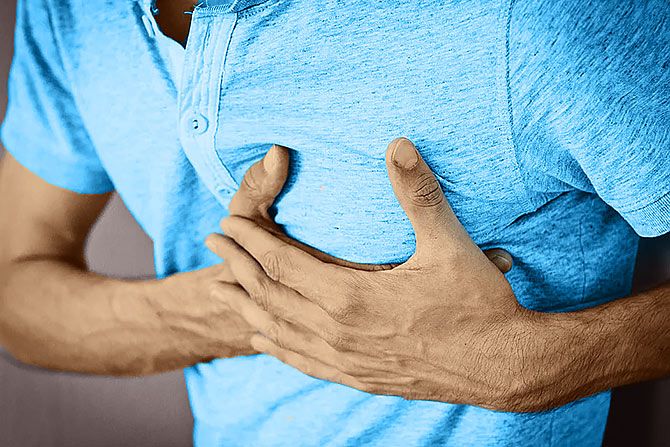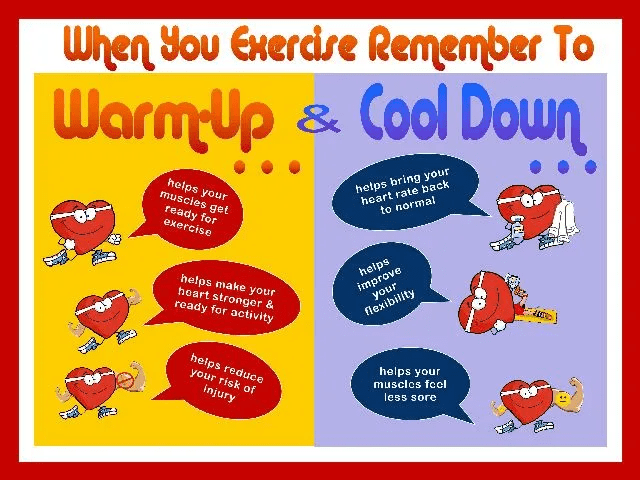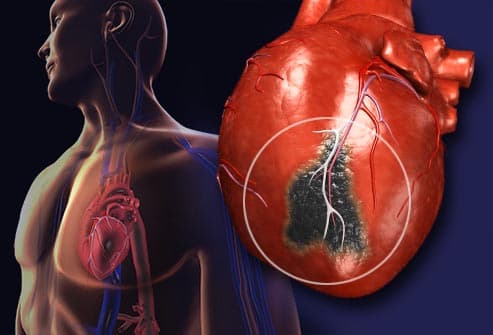
Awareness and identification of liability exposures in a fitness facility is a central step in developing strategies for protecting clientele, and employees (Einkoff-Shemek & Deja, 2000). A common accident that occurs in fitness facilities is cardiac arrest, and some institutions still experience difficulties preventing and managing cardiovascular complications when it they do occur (Abbott, 2013). In an effort to better protect the welfare of clients and employees, I would like to explore the causes of cardiac arrest, as well as effective prevention and management strategies recommended by Abbott (2013).
Exercise is a widely accepted method for improving the health and fitness of individuals. However, there is a degree of risk that exercise may cause cardiovascular complications (Abbott, 2013). What factors then, may instigate cardiac arrest? Abbott (2013) outlined four major causes of cardiac arrest: vigorous exercise, warm-up, cool down, and excess catecholamine.

Abbott (2013) explained that vigorous exercise could be beneficial in several physiological mechanisms. However, intense exercise has also been associated with myocardial infarction and sudden cardiac arrest (Abbott, 2013). The author reasoned that although intense exercise might be indicated for an apparently healthy individual, vigorous movements increase myocardial oxygen consumption, shortening diastole and coronary perfusion time (Abbott, 2013). Abbott (2013) suggested these changes in the myocardial tissue might predispose an already compromised heart to a myocardial infarction in an unhealthy individual.

The second factor that may induce myocardial ischemia is an improper warm-up (Abbott, 2013). Abbott (2013) explained that inadequate warm-ups failed to provide time for blood vessels throughout the body and heart to properly dilate. Consequently, blood pressure rises to compensate for restricted blood flow. Of particular interest are the findings that Abbott (2013) found in healthy firefighters that omitted a warm-up prior to vigorous exercise; firefighters experienced irregular electrocardiogram readings and inadequate myocardial oxygenation. Abbott (2013) argued that if problems are occurring in healthy hearts, the likelihood of omitting warm-ups in clientele with myocardial pathologies might increase the likelihood of an emergency.
The third factor associated with cardiac arrest is the poor implementation, or complete omission, of a cool down. After an intense bout of exercise, there can be a reduction in the rate of venous return from the body (Abbott, 2013). The reduction in venous return causes a rapid loss in blood pressure within the heart. A lack of pressure reduces cardiac output, which may compromise both the brain tissue and myocardium (Abbott, 2013). Abbott (2013) also noted that due to the rapid changes in blood pressure and associated changes on brain and heart tissue, individuals are most exposed to arrhythmias at the end of intense exercise.

The fourth and final factor associated with cardiovascular complications due to exercise is catecholamine excess (Abbott, 2013). Abbott (2013) noted that epinephrine and norepinephrine are released in the bloodstream during strenuous exercise. The author suggested that high levels of catecholamine might have deleterious effects on a person who already has heart pathologies. Abbott (2013) continued by outlining that catecholamine can irritate the myocardium, which may trigger ventricular arrhythmias, ventricular tachycardia, or ventricular fibrillation.
Cardiac arrest is an emergency that can occur in fitness facilities. Understanding factors associated with the onset of cardiovascular complication serves as a vital first step in developing prevention and management strategies. With this proactive stance, fitness organizations can better protect clients and employees from harm and liability, respectively.
References
Abbott, A. (2013). The legal aspects; Cardiac arrest litigations. ACSM’s Health & Fitness Journal, 17(1), 31-34.
Eickhoff-Shemek, J., & Deja, K. (2000). 4 steps to minimize legal liability in exercise programs. ACSM’s Health & Fitness Journal,4(4), 13-18.
-Michael McIsaac
